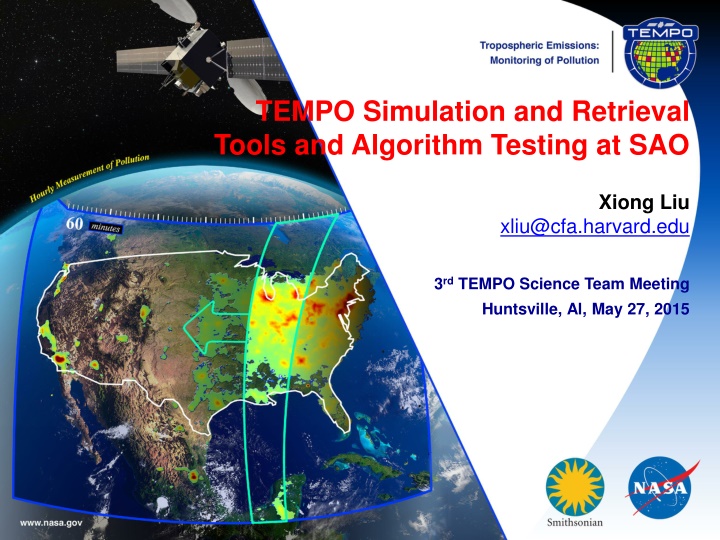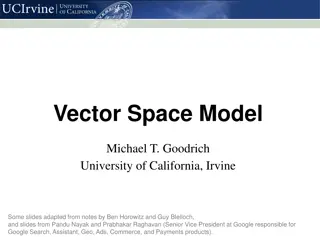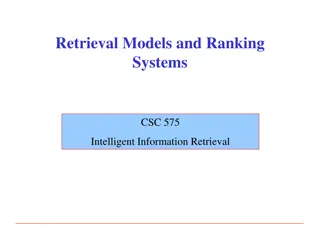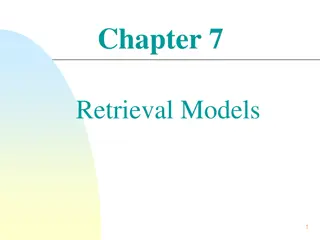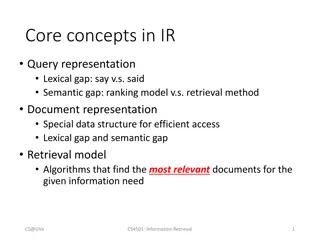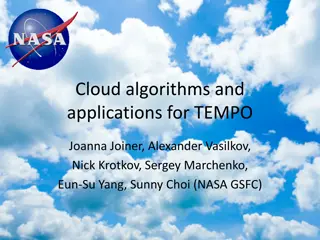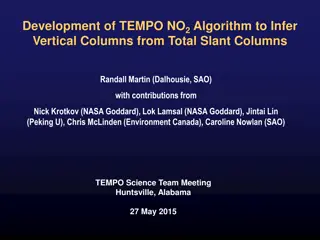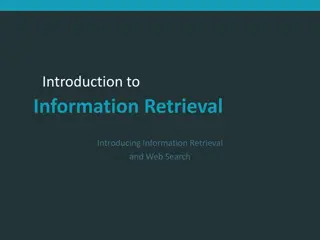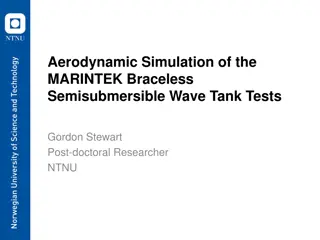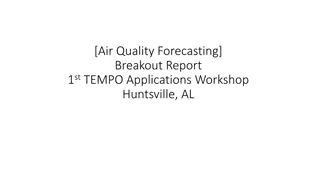TEMPO Simulation and Retrieval Tools Testing at SAO
TEMPO Simulation and Retrieval Tools and Algorithm Testing at SAO involved performing retrieval sensitivity studies, adapting VLIDORT for TEMPO radiance spectra, utilizing TEMPO SNR model for optical transmission calculations, and using climatological a priori data for trace gases. The studies focused on determining instrument requirements, verifying performance, and estimating retrieval errors for various gases. Algorithm testing was conducted to validate L0-L2 algorithms using synthetic data to ensure accuracy and precision in data processing.
Download Presentation

Please find below an Image/Link to download the presentation.
The content on the website is provided AS IS for your information and personal use only. It may not be sold, licensed, or shared on other websites without obtaining consent from the author.If you encounter any issues during the download, it is possible that the publisher has removed the file from their server.
You are allowed to download the files provided on this website for personal or commercial use, subject to the condition that they are used lawfully. All files are the property of their respective owners.
The content on the website is provided AS IS for your information and personal use only. It may not be sold, licensed, or shared on other websites without obtaining consent from the author.
E N D
Presentation Transcript
TEMPO Simulation and Retrieval Tools and Algorithm Testing at SAO Xiong Liu xliu@cfa.harvard.edu 3rd TEMPO Science Team Meeting Huntsville, Al, May 27, 2015
TEMPO Retrieval Sensitivity Studies Performed RTM simulations of TEMPO radiance spectra and retrieval sensitivity studies for determining instrument requirements and verifying instrument performance. VLIDORT: adapted from previous GEO-CAPE tools, with interfaces for viewing geometry, built-in cross sections, pre- and after- convolution, HITRAN line by line calculations, aerosol profiles and plumes, scattering clouds, IPA, Koelemeijer GOME surface albedo database or input surface reflectance spectra Hourly fields of GEOS-Chem model fields over TEMPO field of regard for 12 days (1 day/month) up to SZA 80 ~90000 simulations with 10 gases (O3, NO2, H2CO, SO2, C2H2O2, H2O), BrO, OClO, O2, O4, 6 types of aerosols, water/ice clouds TEMPO SNR model: account for optical transmission and grating efficiency, including shot, dark current, RTN, readout, quantization, smear, CTE noise terms Climatological a priori: climatological for O3, unconstrained for other trace gas VCDs, consistent with current algorithms 11/12/13 2
TEMPO Retrieval Sensitivity Studies Continue: Optimal estimation based retrieval sensitivity tool (IDL-based) 2 2 1 2 1 2 Same as NLLS for VCDs (unconstrained) - - = + 2 S K X X Y-R X S X X { ( - )-[ ( )]} ( - ) y i i+1 i i i+1 a a 2 2 = + T -1 y -1 -1 K S K S ( ) S i i ret a Calculate retrieval averaging kernels, estimate retrieval errors for both O3 profile and other trace gas VCDs and perform error analysis (e.g., radiance errors, polarization sensitivity, forward model parameters) for determining retrieval error budgets and calibration requirements To be added: BRDF, EOFs of surface reflectance spectra with high-resolution MODIS BRDF climatology To be added: Rotational-Raman scattering (look-up table) 11/12/13 3
Algorithm testing Fully test L0-L2 algorithms using synthetic data: Hourly high spatial resolution data (e.g., GEOS-5 nature run at 7 7 km2 from A. Silva): 1 day/month RTM simulations Radiance spectrum L1 data L0 data Test L0 L1 and L1 L2 algorithms 11/12/13 4
